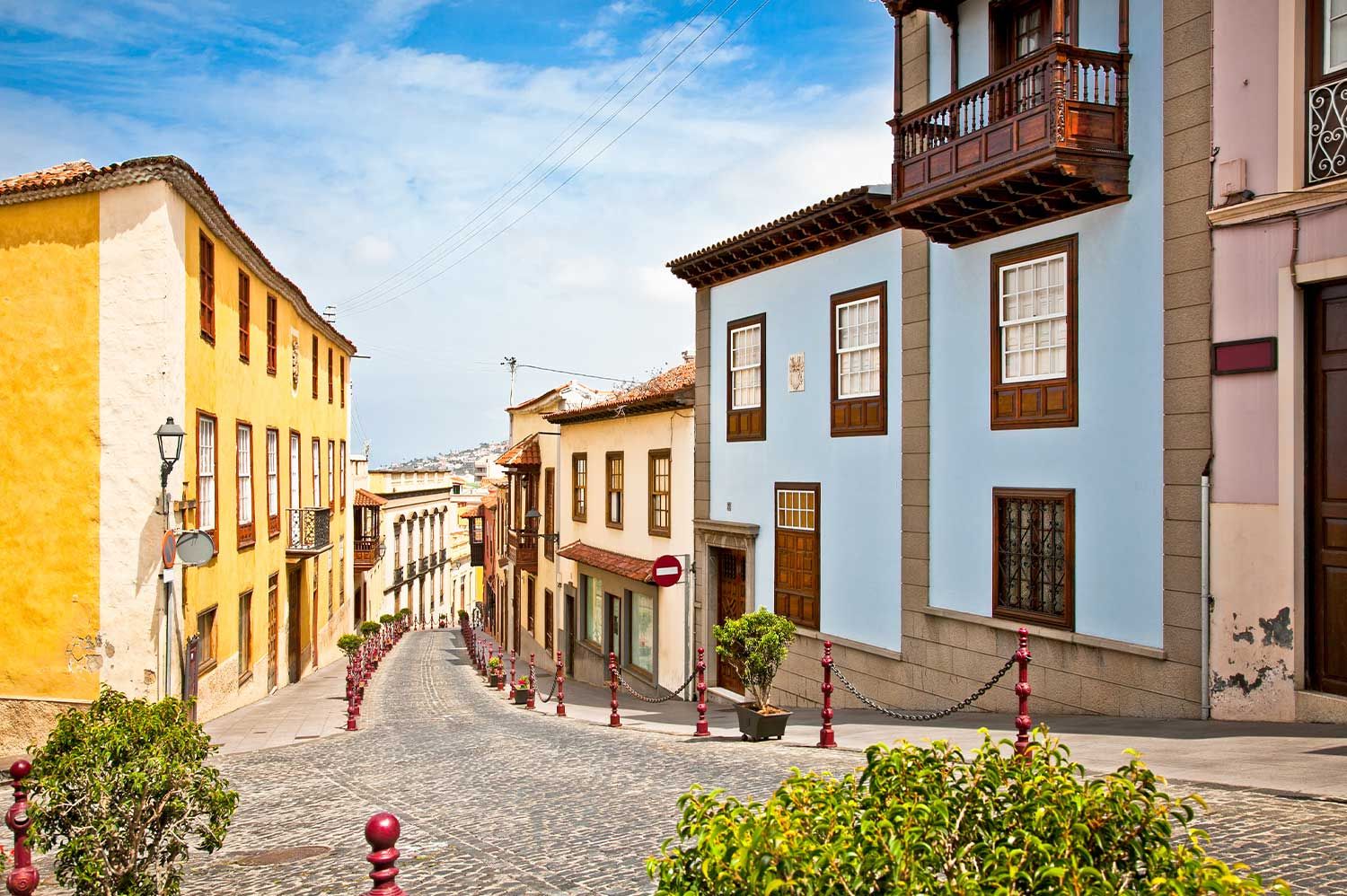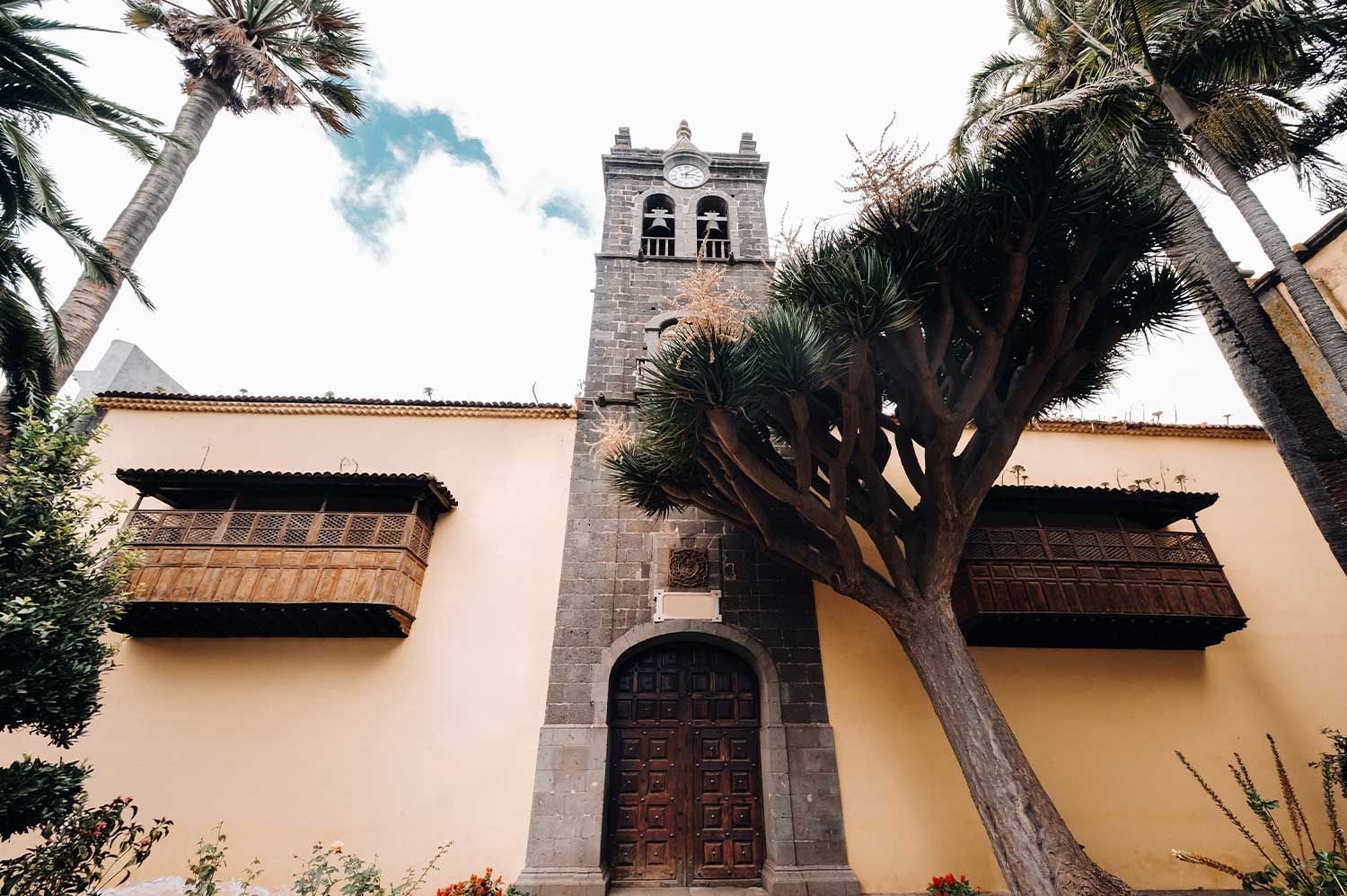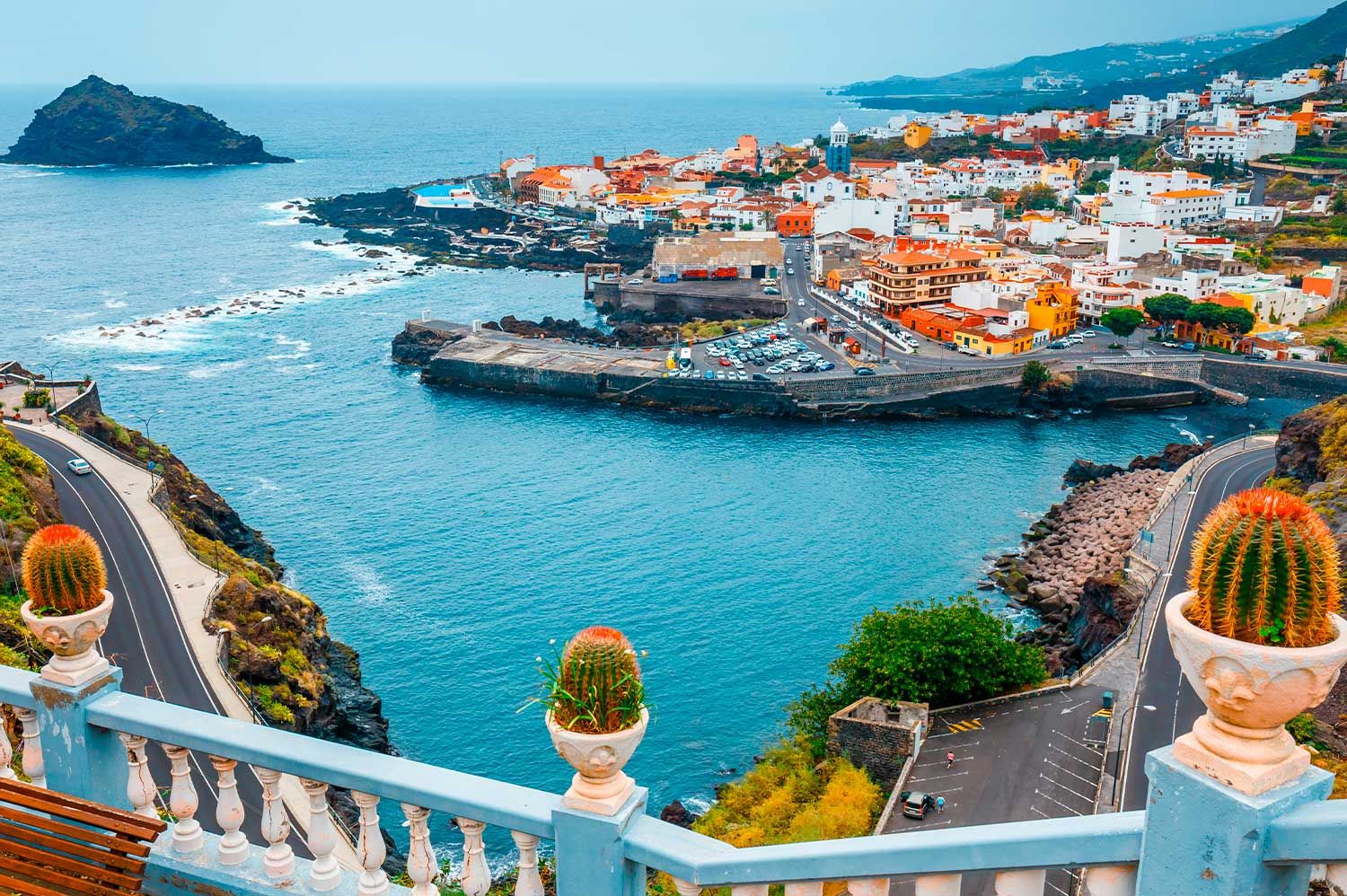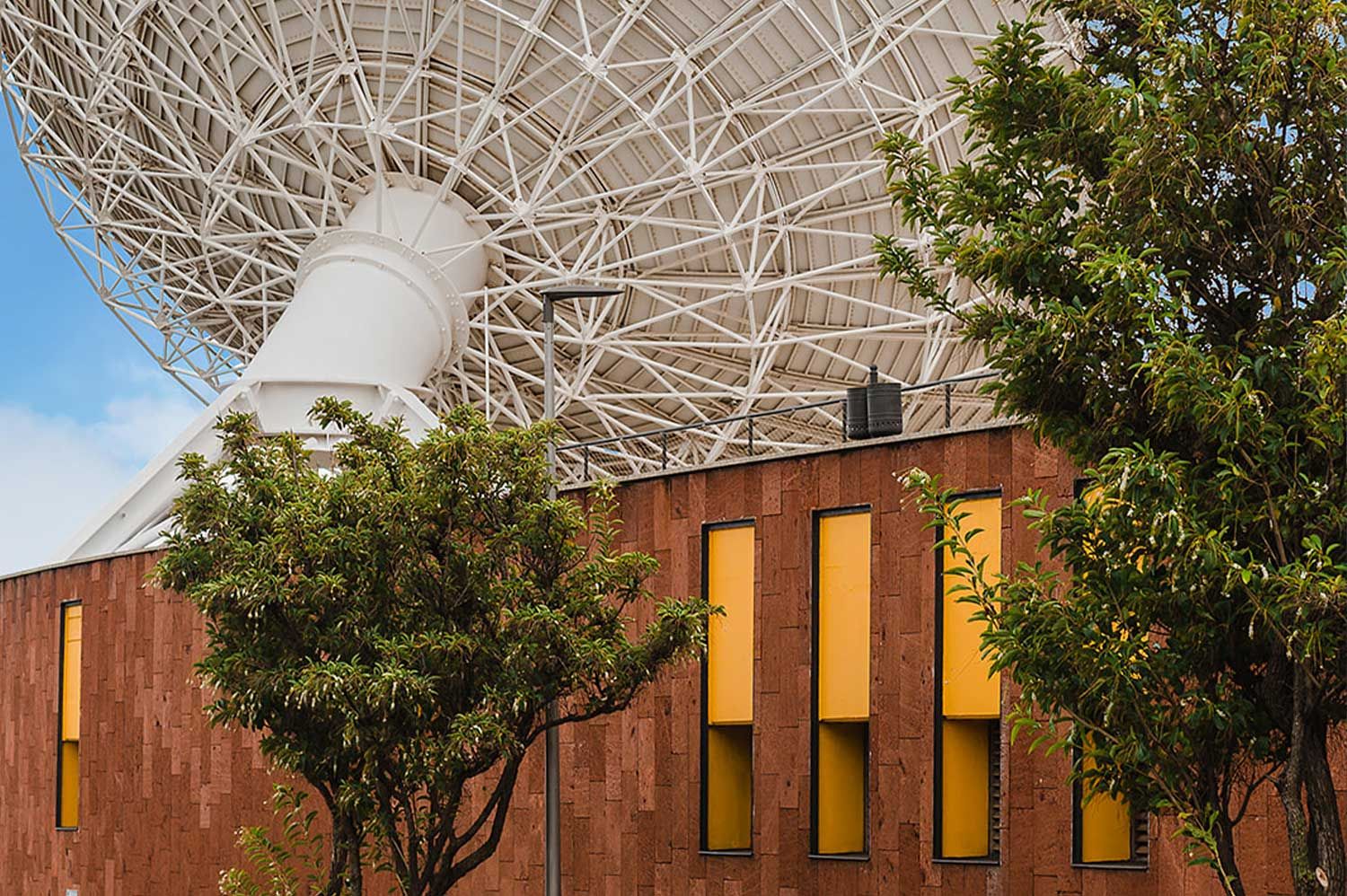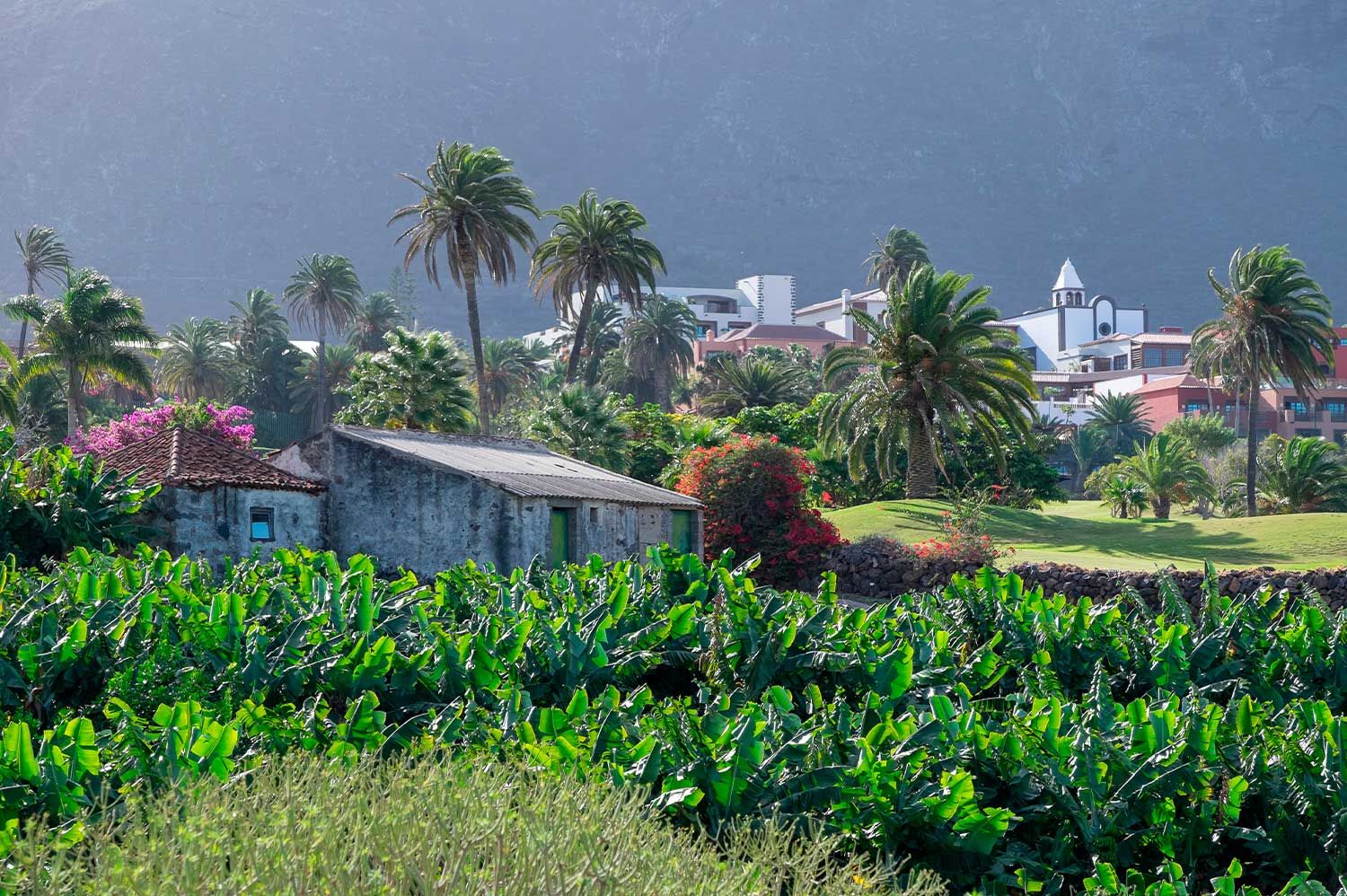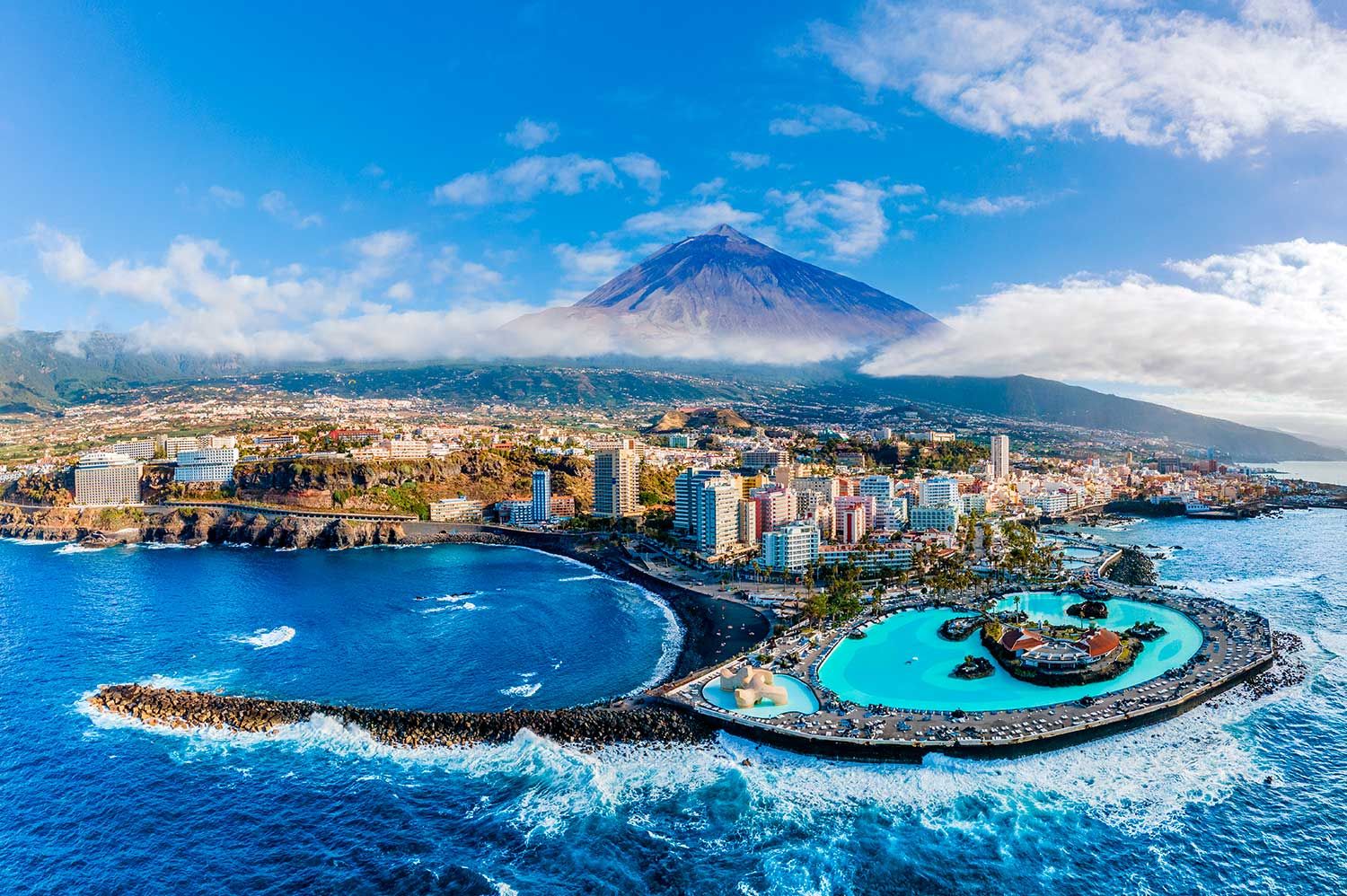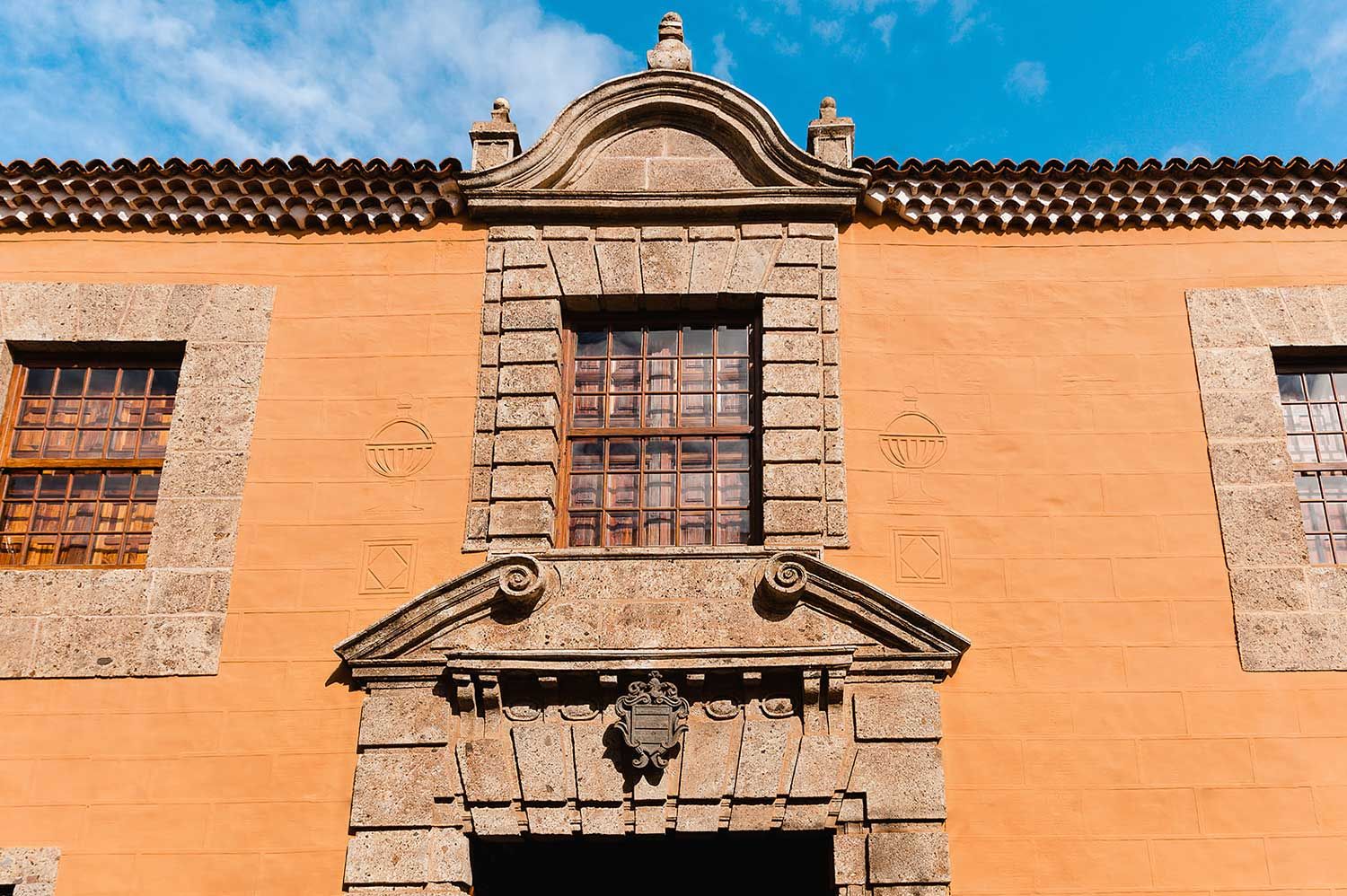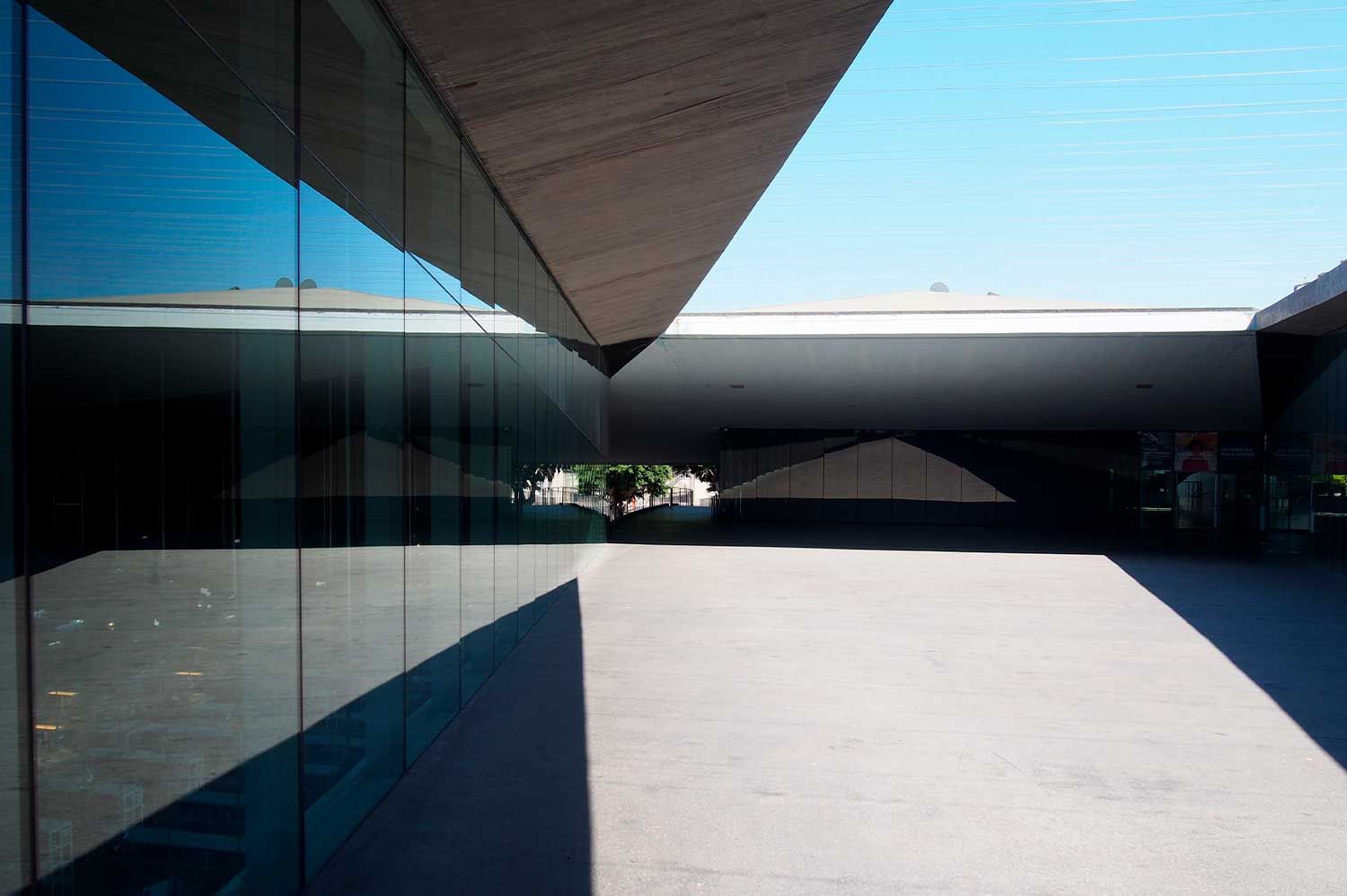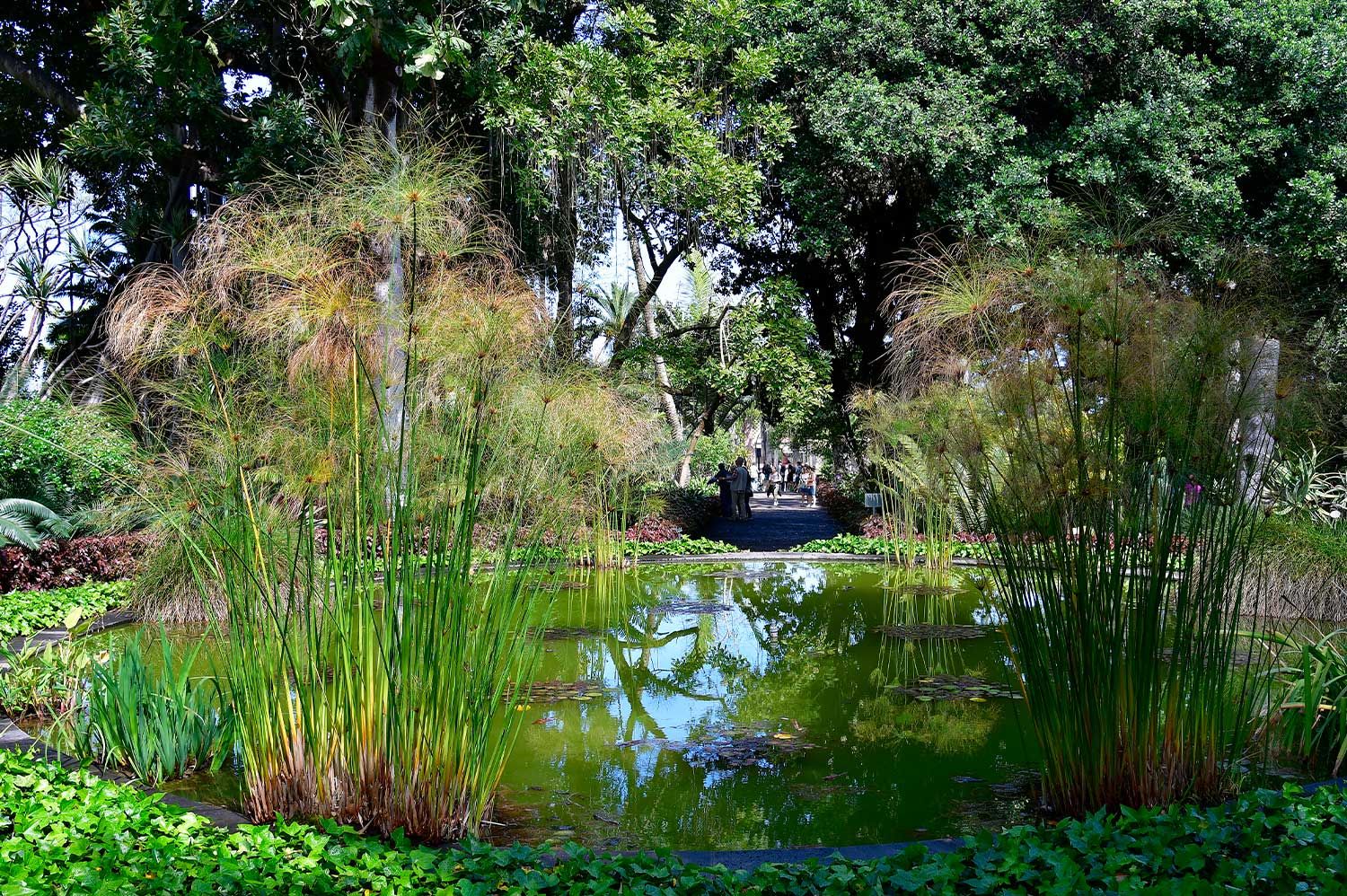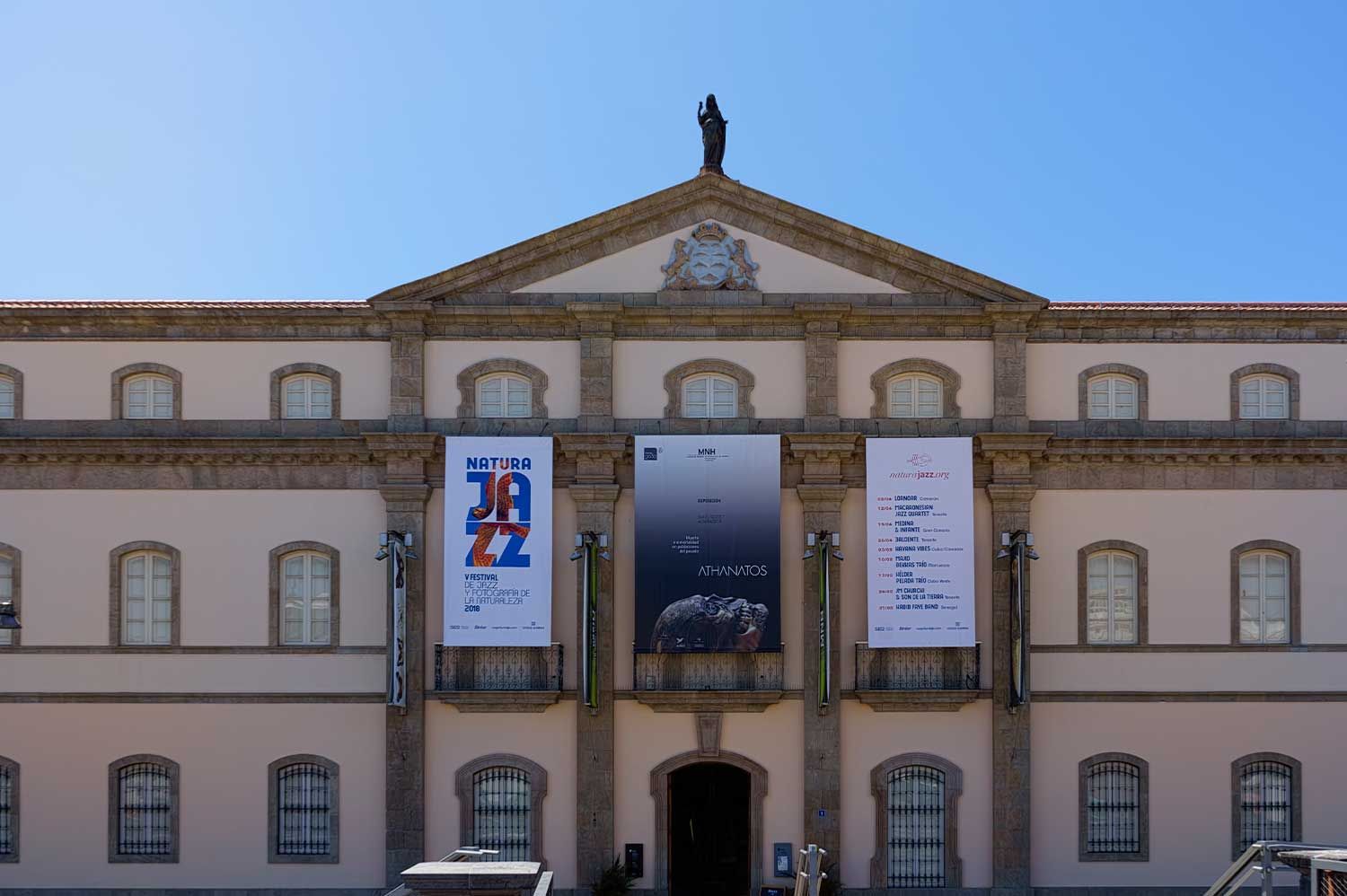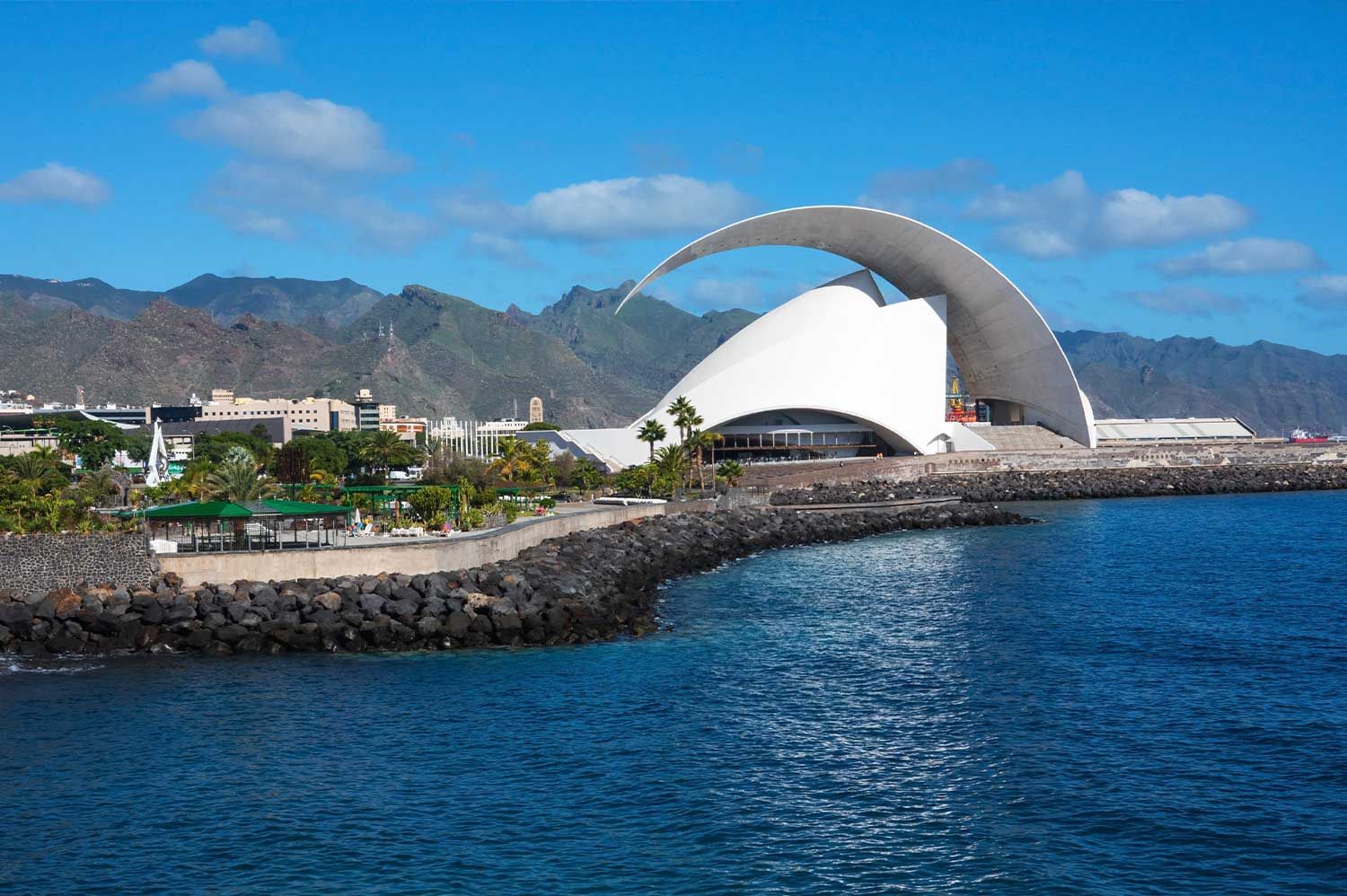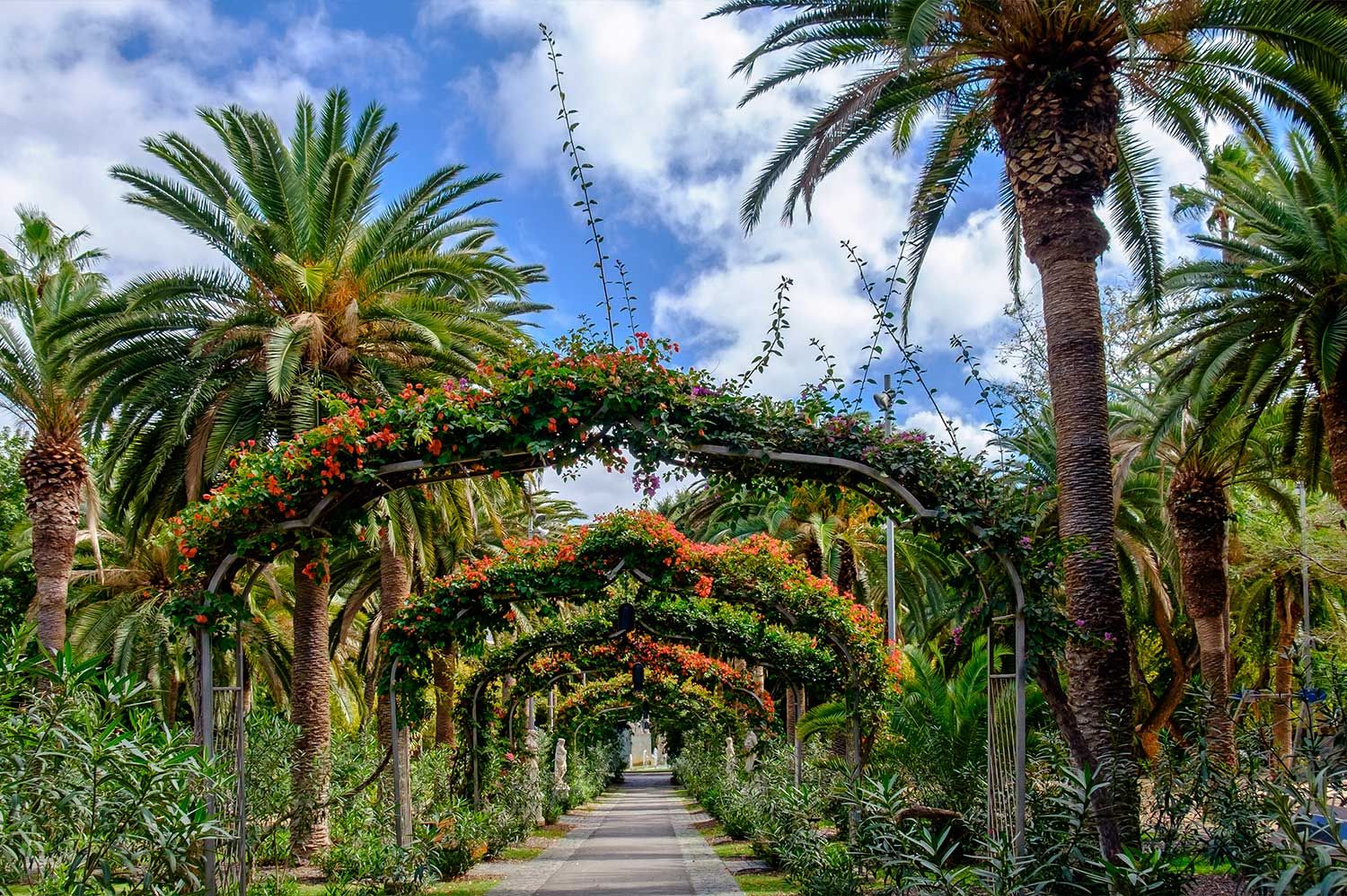Cultural
activities
Make the most of your holiday on the island. Soak up its culture and history by visiting its main museums and monuments free of charge. Here are some suggestions:
La Orotava
Located right at the heart of a valley that bears the same name, La Orotava stands out for its perfectly preserved buildings, which is why the historic quarter of this municipality -which stands at an altitude of 390 metres above sea level- was declared a Historic-Artistic Site in 1976. Its streets are dotted with buildings of great heritage value and special corners of great importance to the municipality. This area is known for the classic balconies that dot the façades of its traditional buildings, the floral and volcanic sand carpets that are laid on the streets of La Orotava every year to celebrate the Corpus Christi and for its traditional Holy Week celebrations, held since the 17th century.
The historic quarter of San Cristóbal de La Laguna
The city of San Cristóbal de La Laguna has been a UNESCO World Heritage Site since 1999 for being a “unique example of an unwalled colonial city”. The original 15th-century layout of the city remains almost intact, as shown in the map of La Laguna drawn by Italian engineer Leonardo Torriani. In fact, the city layout also served as a reference for the urban planning of colonial cities in Latin America, notably Old Havana, Lima and Cartagena de Indias, which is why the houses and streets in these cities all share similar features.
Its bustling streets are lined with shops, cafés and bars, which are perfect for shopping or to take a break and recharge your batteries with a good coffee or a hearty meal if you need to. The fully refurbished Cathedral, the Church of La Concepción, the Royal Sanctuary of Christ of La Laguna —which is famous for housing the image of the Holy Christ—, the popular square Plaza del Adelantado, the Town Hall, the Palacio de Nava or the House of the General Captains, -known as Casa de los Capitanes-, are some of the buildings that you should definitely include in your tour.
The most important streets in the city centre of La Laguna are for pedestrians only, which makes it easier for visitors to explore them without having to worry about the traffic. You will find this very convenient as it takes time to get to know the place and fully appreciate it.
Garachico
After the conquest of Tenerife, Garachico became the island’s main fishing and commercial port until a volcanic eruption destroyed it. The cobbled streets of Garachico have a rich and well-preserved architectural heritage from the 16th and 17th century, which is why this place was declared an Asset of Cultural Interest in 1994. It was also granted the royal status of Villa and designated as Port by King Alfonso XIII in 1916. On the coast of this municipal district there are large estates where bananas are grown, while in the midlands, we find smallholdings where farmers practice subsistence agriculture.
Museum of Science and the Cosmos
The Museum of Science and the Cosmos of Tenerife is by no means a traditional museum, since, apart from having a permanent exhibition, it allows visitors to get close to and experiment with the laws that govern the principles of Nature from the earth to the stars.
The main purpose of this museum is to communicate science, using many means, especially allowing interaction and experimentation with objects and experiments in the most multidisciplinary environments.
The historic quarter of Buenavista del Norte
The history of this municipal district, which dates back to the 16th century, has remained almost intact to this day. It is located at the most north westerly tip of the island and its main heritage assets are its historic quarter and the hamlets of Masca and El Palmar. The Church of Los Remedios and its square stand right at the heart of this historic quarter, which was declared an Asset of Cultural Interest in 2005. This is a great spot for you to experience the local way of life and customs. In the surrounding areas you will find institutions and buildings of great heritage significance.
Puerto de la Cruz
The first tourists that travelled to the Canary Islands arrived in this place, which still retains its historic seafaring character despite the hundreds of thousands of visitors it welcomes every year. Early in the morning, small fishing boats arrive with the fresh catch of the day at its fishing dock, which has remained intact over the years. Sit at the Plaza del Charco and take in the beautiful scenery. Or treat yourself to an ice-cream in one of the charming ice-cream parlours nearby. Or take a sit and watch the waves break on the coast of San Telmo, with the breath-taking Lago Martiánez in the background. You will feel privileged to be there. And it all makes for a wonderful postcard image.
Museum of History and Anthropology of Tenerife. Casa Lercaro
The Lercaro House is one of the venues for the Museum of History and Anthropology (MHA). This building dates back to the end of the 16th century, when the Lercaro, a family of Genoese merchants, arrived on the island after the Conquest and began its construction.
In December 1993, the Museum of the History of Tenerife was inaugurated inside the Lercaro House. This exhibition project was born with the aim of spreading the history of the island of Tenerife, offering an overview of the institutional, social, economic and cultural development of the island from the 15th to the 20th century.
The Tenerife Arts Space
Commonly known by its acronym, TEA, this peculiar building with diagonal elements and sloping floors with ramps connecting the different levels, houses the Óscar Domínguez Institute, the Photography Centre of the Island of Tenerife and the Island Library. That is why this building has been an unprecedented cultural infrastructure in the Canary Islands since it opened its doors in 2008.
Botanical Garden
The historical Acclimatization Garden of La Orotava was founded in 1788, born from the need of growing different species from the tropics in an optimal region of the Spanish territory. It is one of the city’s main attractions, visited each year by thousands of tourists. Inside, there are more than 4,000 plant species, including important collections of tropical and subtropical plants of great economic and ornamental value, as well as many different trees of great beauty and considerable botanical interest, on account of their large size, their age or their rarity.
The Museum of Nature and Archaeology of Tenerife
The Museum of Nature, Archaeology and Man (MUNA, as per its Spanish acronym) is housed in an emblematic building of the island’s capital, the former Civil Hospital, an outstanding example of the neoclassical architecture of the Canary Islands. Its rehabilitation project focused on achieving the right spatial balance between the areas intended for exhibitions and the areas meant to be used for other purposes, either cultural- or leisure-oriented activities. This museum allows visitors to learn about the natural wealth of the Canary Islands and displays the largest existing collection of Guanche culture, the aboriginal inhabitants of the island of Tenerife before the arrival of the first European conquerors.
The Adán Martín Auditorium of Tenerife
The Auditorio de Tenerife Adán Martín, designed by architect Santiago Calatrava, is a building with a strong sculptural impact. Located in an unparalleled scenic setting, this auditorium offers visitors the opportunity to enjoy a great architectural work next to other works of nature, such as the ocean and the mountain range of the ancient Anaga massif. This building consists of successive platforms featuring the large structure of the Symphonic Hall, which sweeps upward in a curve. In addition to its suggestive spaces and architectural structures, it offers a varied programme, -which can be viewed on its official website-, with different programme cycles such as the Tenerife Danza, Jazz Atlántico, Músicas del Mundo, Entre Amigos or Grandes Intérpretes, and is complemented each year by the new season of the Tenerife Symphony Orchestra, the Opera and the Canary Islands Music Festival.
García Sanabria Park
A historic park par excellence located in the metropolitan area of Tenerife, which dates back to the beginning of the last century. Inaugurated in 1926, this park has become the largest urban park in the Canary Islands. This beautiful lush green park spreads over a vast area. It contains a number of fountains and sculptures, among which the most remarkable one is probably the beautiful and huge flower clock that presides over the main entrance to the park. In the centre of the park, you will also find the emblematic central fountain, built in honour of Santiago García Sanabria, mayor of Santa Cruz between 1923 and 1930, who supported the project of the park that now bears his name during his term of office.
Entrance to the park is free and it is open 24/7.
